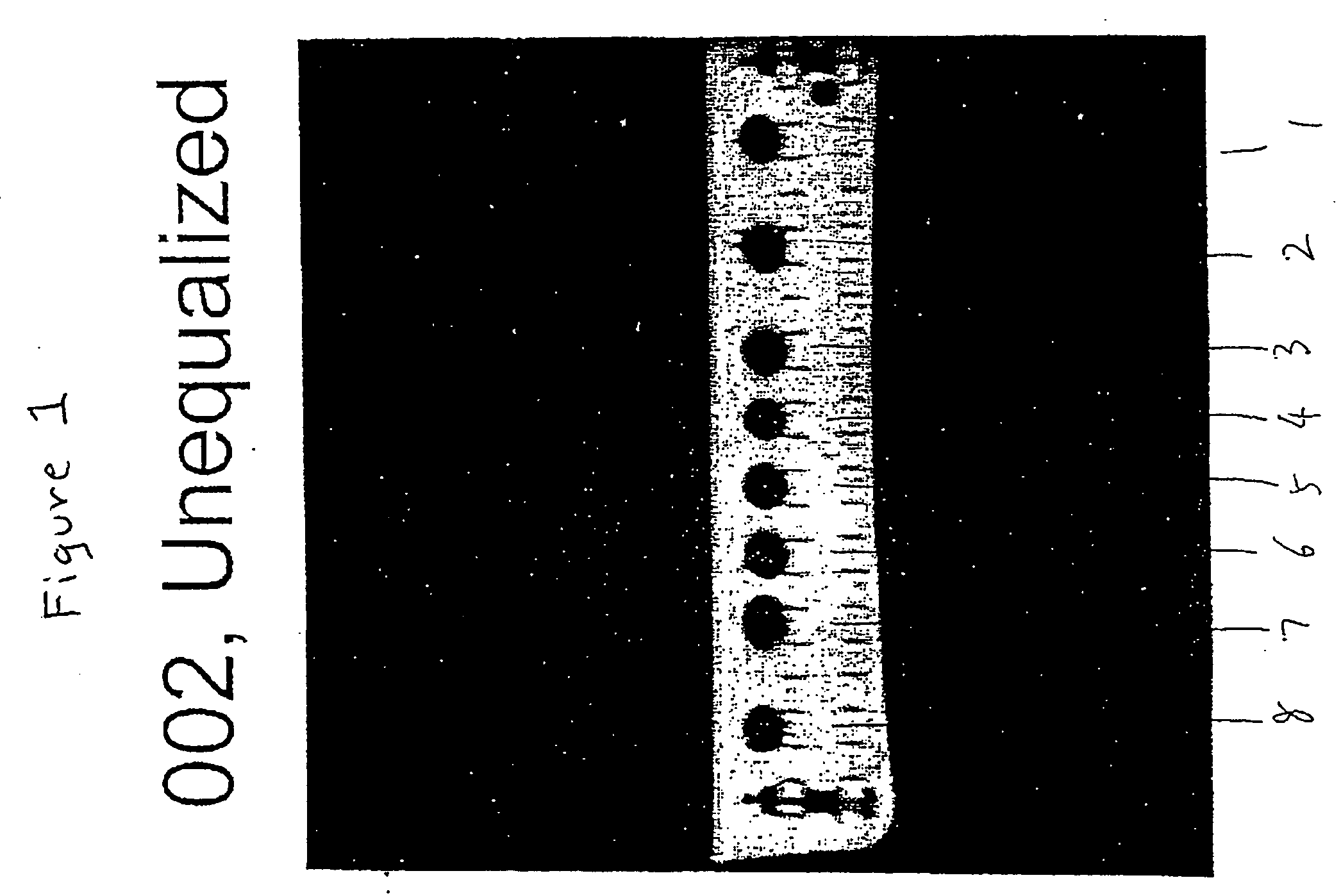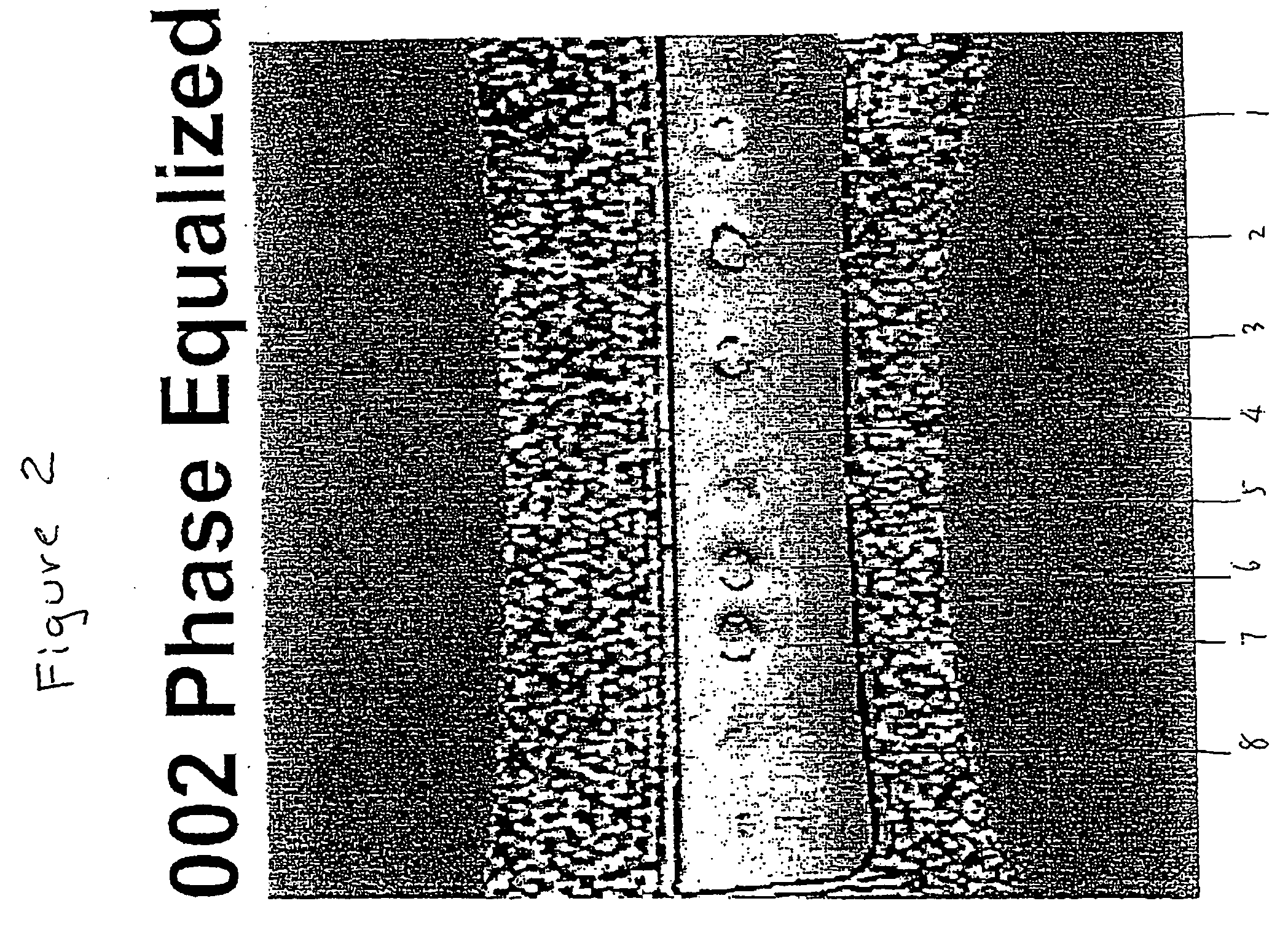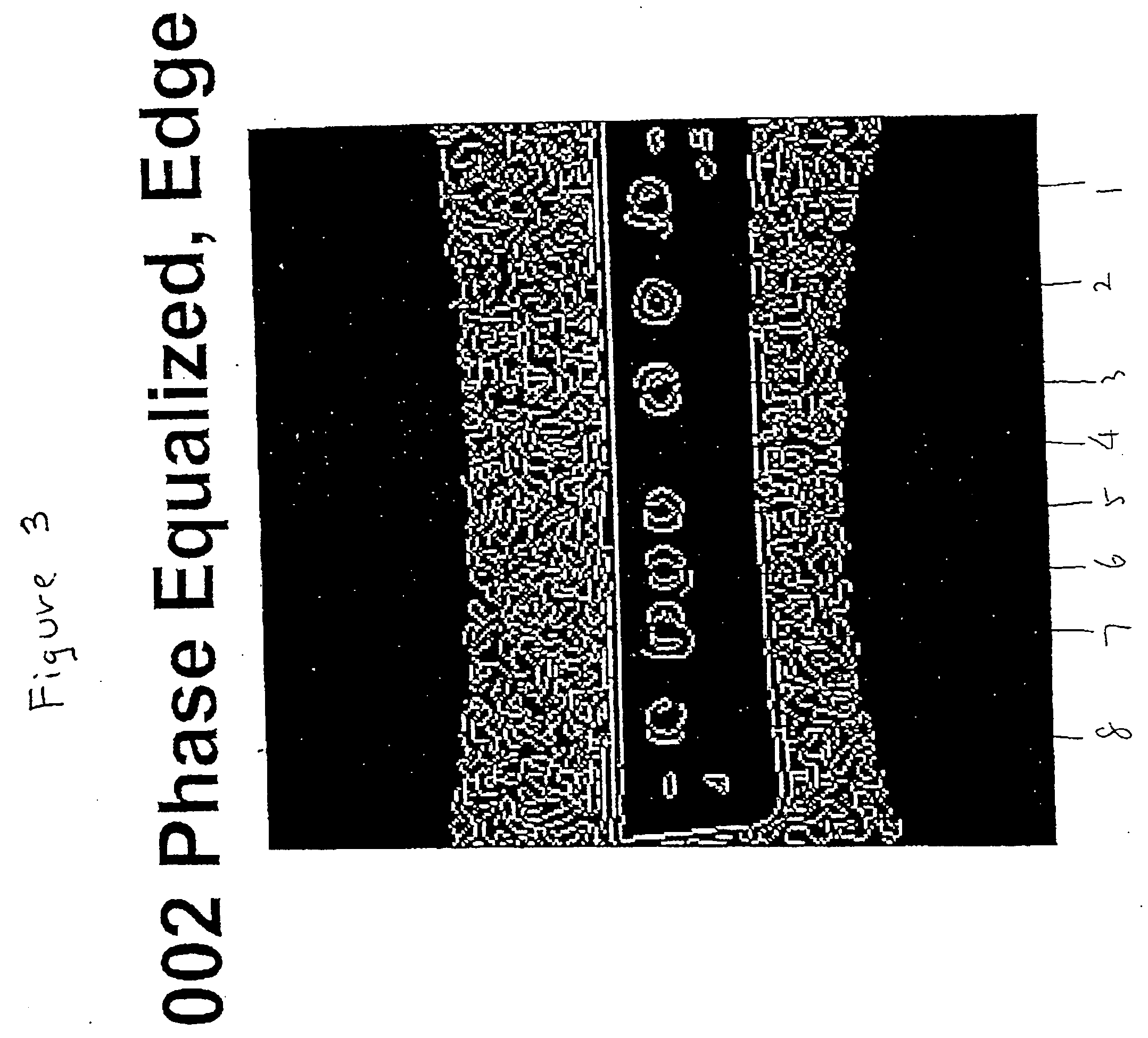Coated stent assembly and coating materials
a technology of coating materials and stents, applied in the field of contrast agent assembly, can solve problems such as affecting image quality and imaging time requirements, and achieve the effect of greater sensitivity
- Summary
- Abstract
- Description
- Claims
- Application Information
AI Technical Summary
Benefits of technology
Problems solved by technology
Method used
Image
Examples
Embodiment Construction
[0042] Other MR imaging contrasts agents have been used in the past, but without the advantages of contrast agents of the present invention.
[0043] By way of illustration, the elements Gadolinium and Dysprosium have been used to coat medical devices to improve the visualization of the device under MR imaging. However, the magnetic susceptibilities of these materials are 755,000 and 103,500×10−6 cgs respectively, whereas iron is 1,000,000 or more; see, e.g., the CRC Handbook of Chemistry and Physics, College Edition, 50th edition, 1969-70, page E-130.
[0044] The magnetic susceptibility of iron is greater than that of Gadolinium and Dysprosium. At a temperature of 300 degrees Kelvin, the EMU per unit volume of an iron nano-magnetic particle mass will be much higher than that of an equivalent volume of a suspension of Gadolinium and Dysprosium. This means that a stronger magnetic signal, hence greater image quality, can be achieved with a much smaller mass of iron nano-magnetic particl...
PUM
 Login to View More
Login to View More Abstract
Description
Claims
Application Information
 Login to View More
Login to View More - R&D
- Intellectual Property
- Life Sciences
- Materials
- Tech Scout
- Unparalleled Data Quality
- Higher Quality Content
- 60% Fewer Hallucinations
Browse by: Latest US Patents, China's latest patents, Technical Efficacy Thesaurus, Application Domain, Technology Topic, Popular Technical Reports.
© 2025 PatSnap. All rights reserved.Legal|Privacy policy|Modern Slavery Act Transparency Statement|Sitemap|About US| Contact US: help@patsnap.com



